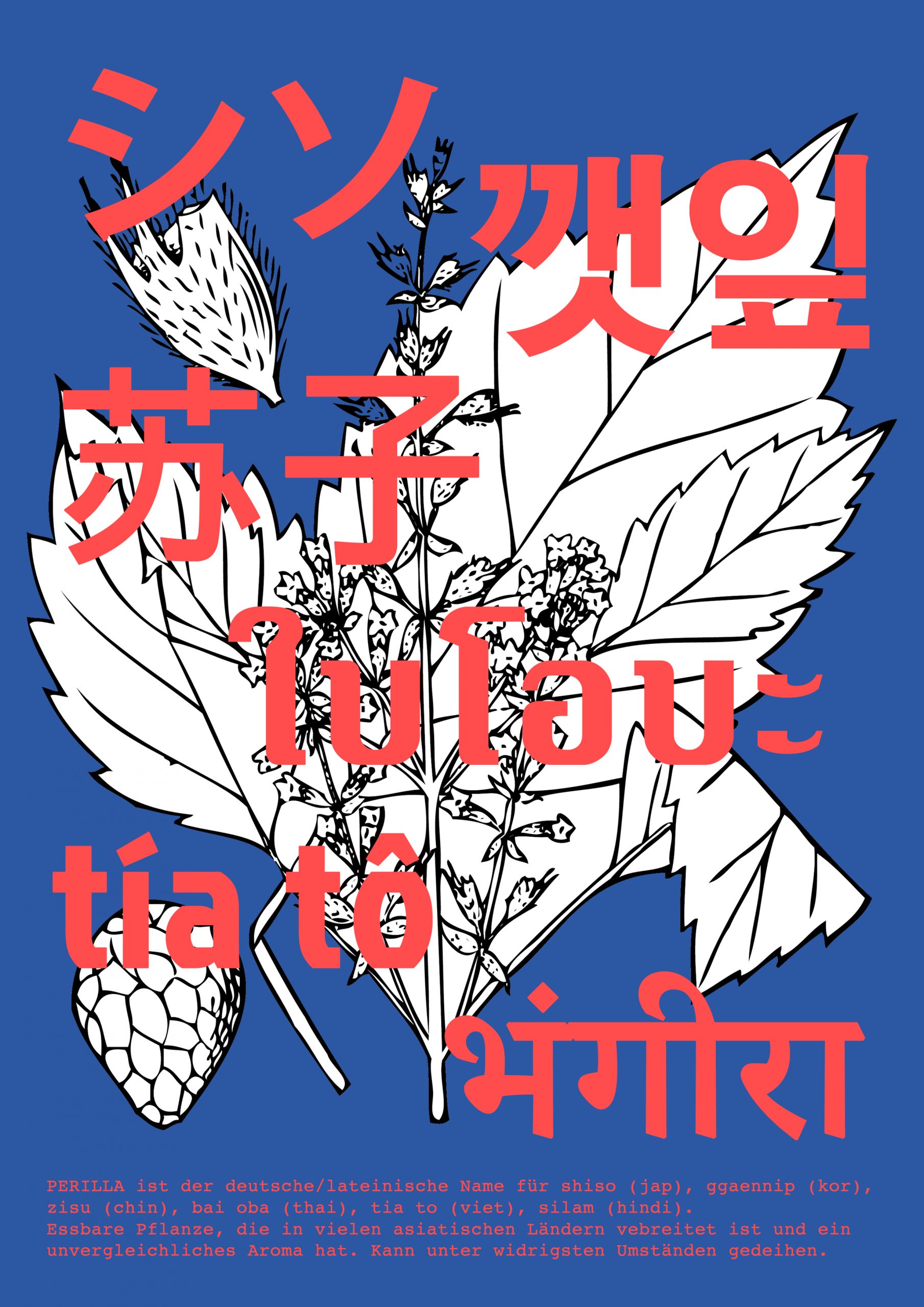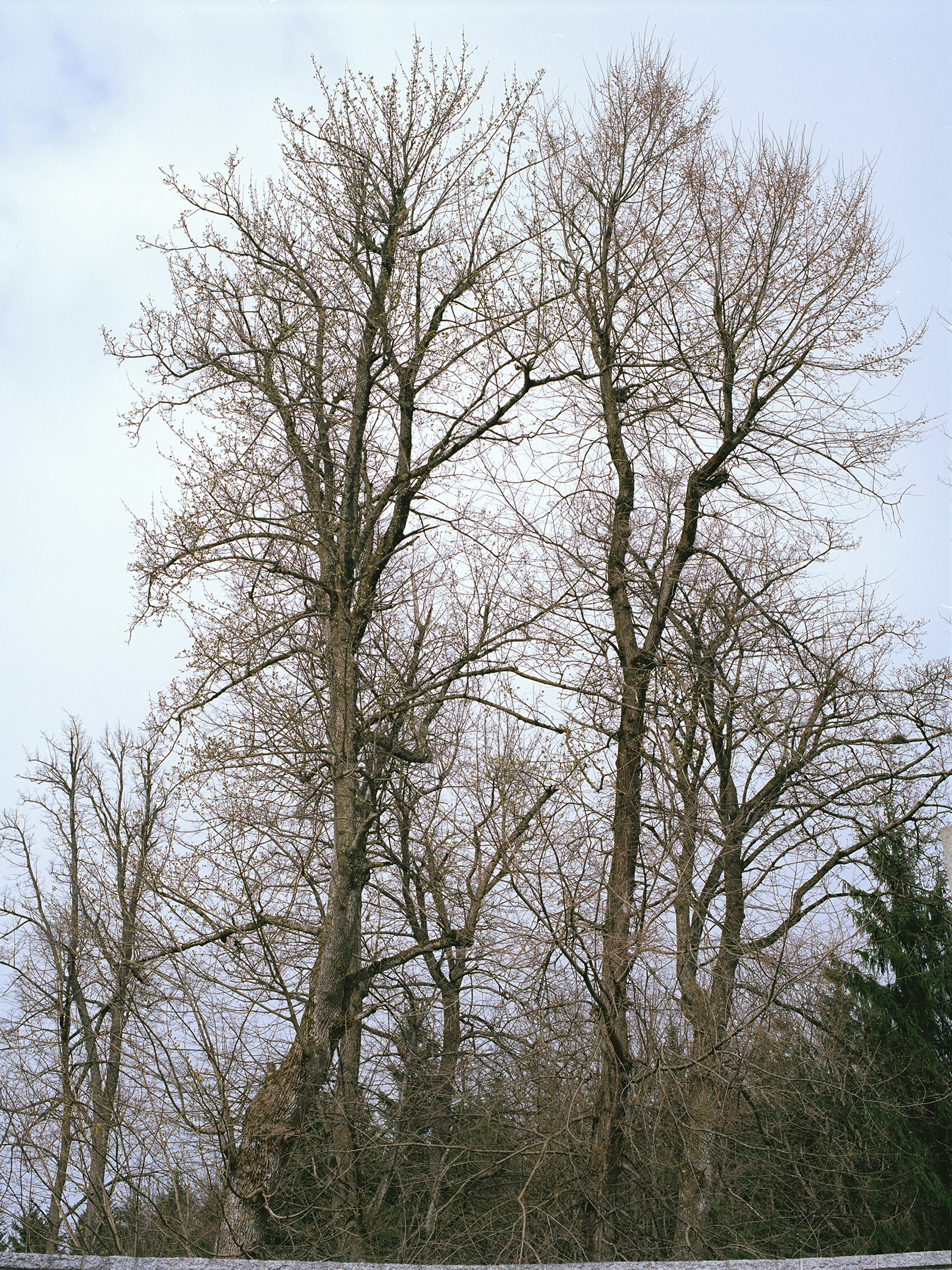In December 2020 a call for projects has been sent out under the title: Damnatio Memoriae.
Around 25 projects applications where submitted.
A jury consisting of 5 persons, 2 from the student union and 3 external ones, decided on the anonymised project applications, for this call around 5.300 Euro where being assigned (from a yearly pot of 9.000 Euro) through the student union’s representative body (Universitätsvertretung).
Members of the jury: Olga Shapovalova, Larissa F. Huber, Pia Plankensteiner, Florian Kläger, Robert Mathy.
Funded Projects | Geförderte Projekte
Futurigena

Our collective intervenes in public places, creating spaces, creating portals, and leaving street installation as traces of presences that people can engage with and be part of. The group creates a live Ritual performance through audio installation, collective dances with masks, costumes and sculptures, performative acts that celebrate and disrupt the public space in Vienna that is generally very regulated. Bringing the festivity and reverence to non Eurocentric references as a form of re RE existence reverberating our existences as immigrants and healing us from these open wounds of coloniality here in Austria.
Gespenster
by Perilla Kollektiv

Ein Zine von und für die asiatische Diaspora in Österreich.Wir haben genug von Sushi, Kungfu und Konfuzius.Wir wollen endlich unsere eigenen Stimmen hören, darüber schreiben und lesen, was uns beschäftigt und uns repräsentiert.
Wir wollen nicht mehr länger unsichtbar und still sein.
Wenn du auch Gedanken in Form von Texten (Essays, Gedichte), Illustrationen, Comics und Fotos teilen möchtest und dich der asiatischen Diaspora zugehörig fühlst, dann schicke uns deinen Beitrag (bosnanowa@gmail.com). Die erste Ausgabe des Zines wird im April 2021 erscheinen.
http://perillazine.com/
How long are your planning to stay?
by PTCCompilict (https://complicit.theater): Flávia Mudesto Passos, Oluchukwu Akusinanwa, Jasmin Behnawa, Iva Marković, Shahrzad Nazarpour, Rada Živadinović, Danilo Jovanović, Ivan Bilić

In the tradition of physical theatre, this piece takes us to a place where stories are not just individual testimonies anymore but become shared experiences. The newly founded physical theatre collective, Complicit, centres queer migrant bodies in its work through movement and spoken word. The collective understands the open soul as a political act. Our bodies, movements and trembles store experiences. With outing our inner spaces, we reveal personal and collective emotions, memories and traumas. “How much power does the color of your passport hold? How long can you stay?”
Wars are sowed, wars birth destroyed societies and survived bodies are harvested. We survive(d)! There is life and a calling beyond survival.
A matter of change. Destructing old myths
by Claudia Tomassetti

Fascist ideologies use materials and styles that convey strength, firmness and heroism. Doing so in order to identify with strength, power and pride, whereas their racist, sexist, egoistic, and violent nature is the opposite of moral strength.
In order to break this narrative we must intervene on these aesthetics. In Italy, many monuments and buildings from the fascist era are still untouched, without any form of intervention, contextualisation or planned removal. Their presence normalised and legitimised. Through the use of CGI, these monuments are transformed, the narrative corrected. Marble and bronze, statues and buildings, become light as fabric that flutters and hangs according to the wind.
https://www.claudiatomassetti.com/
Unschuldiger Schwarzwald
by Lars* Kollros

Bildquelle: Kreis Calw
Im malerischen Nordschwarzwald befindet sich die Kleinstadt Calw. Nichts lässt darauf schließen, dass es auch hier ein Außenlager das Konzentrationslagers Natzweilers gab. Durch einen Zeitungsartikel wurde ich darauf aufmerksam. Der Artikel enthielt aber auch einen Hinweis darauf, dass es einige Kilometer entfernt ein weiteres Lager gab, welches die zerstörten Produktionsbetriebe von Daimler Benz ersetzen sollte. Mit diesem Projekt möchte ich mich mit Foto- und Filmkamera auf die Spurensuche begeben.
https://misconception.de/about-me/
Scunthorpe Correspondences
by Miriam Stoney, Tom Glencross

On the occasion of my solo exhibition ‘Indebtedness: Die Haftung der Geschenknehmenden’ at Kunstverein Kevin Space, I am producing a small publication, titled ’Scunthorpe Correspondences’, in collaboration with writer Tom Glencross and graphic designer Benjamin Buchegger. Tom and I situate our co-writing in the industrial town of Scunthorpe, England, where we grew up. Drawing on our respective experiences of loving and leaving the town to study and later become writers/artists, we observe the ways in which gender, race and class have historically intersected to distribute the labour of remembering unequally and to inflect cultural memory in working class/diaspora communities. We understand memory as contextualised, embodied and relational, though we invite readers – ourselves included – to share the space of these memories, in writing. To this end, Benjamin Buchegger is designing the publication in an economical but thoughtful format, so that visitors to the exhibition can help themselves to a free copy.
Keine Helden
by Rosa Andraschek

„Landschaftsbilder, in einzelbilder zerlegt, wie postkarten, wechseln einander ab. kirche, kirchgänger am sonntag, friedhof und inschriften auf alten grabsteinen, dann kriegerdenkmal mit den vulgo-namen der bauern.“ (Jelinek, Elfriede: Die Ramsau am Dachstein. Unveröffentlichtes Typoskript 1976, S 1; https://fpjelinek.univie.ac.at/fileadmin/user_upload/proj_ejfz/PDF-Downloads/Komik-Walkensteiner-Beitrag.pdf)
In meinem Projekt stelle ich die Frage danach, wie und ob mit Kriegerdenkmälern zeitgemäß umgegangen werden kann. Sie besitzen in Österreich, im Gegensatz zu Denkmälern und Erinnerung an verfolgte Gruppen, einen besonderen Stellenwert hinsichtlich Quantität, Pflege, Erhaltung, Verortung. Ich möchte niederösterreichische Kriegerdenkmäler dokumentieren, problematisieren, in den Kontext ihrer Geschichte stellen und gleichzeitig den Blick auf (bewusst) vergessene Orte abseits markierter Stellen im öffentlichen Raum lenken.
Intervention am Karl-Lueger-Denkmal
by Alexandra Zaitseva

Es werden insgesamt 30 Flachplastiken in Form eines pissenden Schweinehundes aus Ton auf dem Dr.-Karl-Lueger Denkmal platziert. Jeweils 3 Objekte werden das Denkmal belagern. Sollten die Plastiken gestohlen oder entfernt werden, sollen an ihrer Stelle wieder neue aufgestellt werden. Die Aktion wird solange stattfinden bis alle 30 Flachplastiken verteilt sind.
Als ein anarchistisches Element soll das pissende Biest mit seiner Anwesenheit die bereits versteinerte Struktur des Missstandes untergraben und im besten Fall zum Wackeln bringen.
Fragenzeichen
by Vermittlungsprojekte
Ausgehend von zeitgenössischen Re-politisierungen von Denk-/Mahn- und Erinnerungsorten beschäftigt sich dieses Kunstvermittlungskonzept mit didaktischen Ansätzen emanzipatorischer Erinnerungspolitik.
Konkret soll das Konzept in einem dreiteiligen Arbeitsprozess Bewusstsein für den öffentlichen Raum als politischen Raum schaffen, politische Ästhetiken von Denk-/Mahn- und Erinnerungsorten im öffentlichen Raum analysieren und Möglichkeiten künstlerischer Interventionen in den Blick nehmen.
Gemeinsam mit einer Schulklasse der NMS Lunz/See wird Florian Pumhösls Mahnmal in Lunz/See analysiert, ein künstlerisches Forschungstagebuch erstellt und daraus abgeleitet Fragestellungen zu Denk-/Mahn- oder Erinnerungspolitiken erarbeitet. Diese dienen als Grundlage für einen künstlerischen Arbeitsprozess. Im zweiten Teil des Konzepts, ist ein Workshop mit Input zur künstlerischen Praxis des Fragens und zu Beispielen künstlerischer Aneignungs- und Umdeutungsstrategien geplant. Darauf aufbauend soll im dritten Teil ein Konzeptionsprozess erfolgen, der zu einer eigenen ephemeren Intervention in Auseinandersetzung mit der zu erarbeiteten Fragestellungen zu Denk-/Mahn- oder Erinnerungsorten führt.
Geisterarbeiter_innen – Ranici/e* duha
by Amalija Stojsavljević, Deniz Güvensoy, Željka Aleksić, Žarko Aleksić

The COVID-19 pandemic served not only for rethinking the issues around freedom, surveillance and responsibility, but actually revived some of the omnipresent discrepancies and prejudices around one of the biggest minority groups is Austria.
The so called „guest workers“, with some guest workers being such guests – that they have been born in Austria or have obtained Austrian citizenship at some point of their working lives – and the only thing that binds them to the non-EU former Yugoslav countries are those 15 days of vacation, when they have the opportunity to be in the economic privileged situation, as they live by the Austrian standards and spend their money in countries like Bosnia and Herzegovina, Serbia, Northern Macedonia and Montenegro. Of course, those same guest workers are also harassed in Serbia, since they are accused of bringing the „plague“ while returning to the „homeland“ when it is most difficult for them. The same judgment was pronounced by the Austrian prime minister on their way back.
Why is it that many people returned to for example Serbia at the time of the outbreak of the pandemic, even though they are aware that the quality of health care „below“ or of incomparably worse quality or do not even have Serbian health insurance (as Serbia is not in the e-card system)? Many of these people knowingly agreed to quarantine for 14 to 28 days, some in tents at border crossings. Most of them worked legally in Austria, where they regularly paid taxes and even more important – health insurance, and yet decided on a risky travel step.
We would like to suggest a direction of artistic research that would thematic the above mentioned topics, which are obviously not on the radar of academic research, as evidenced by the disproportionately small representation of artists from the former Yugoslavia (who are not citizens of the European Union) in the general population. The results of the study Soziale Lage der Kunstschaffenden und Kunst- und Kulturvermittlerinnen in Österreich from 2018 (pages 140-141) also support this.
Our research question is – are these people just nostalgic (usually constructed on the basis of parental stories) and can’t tell what’s better for them while sharing the reminiscence on their „home“ country, or is it something much bigger, as far as all of us are concerned?The project consists of a series of video interviews with people from the former Yugoslavia who reside in Vienna but decided to go to „their“ countries during the crown of the crisis, where the central question would be why they decided to take such a risky step.
Artistic method the that group of authors will use is based on the research and artistic intervention. Research part will incorporate communication with the people defining themselves as guest workers followed by a set of conversations. They will also work on investigating the story behind the Gastarbeiterinnen* monument declined by the Viennese authorities. Participants‘ figures who agree to be photographed, would become 3D printed statues that the group would present in the form of a set of public space interventions in Vienna.
